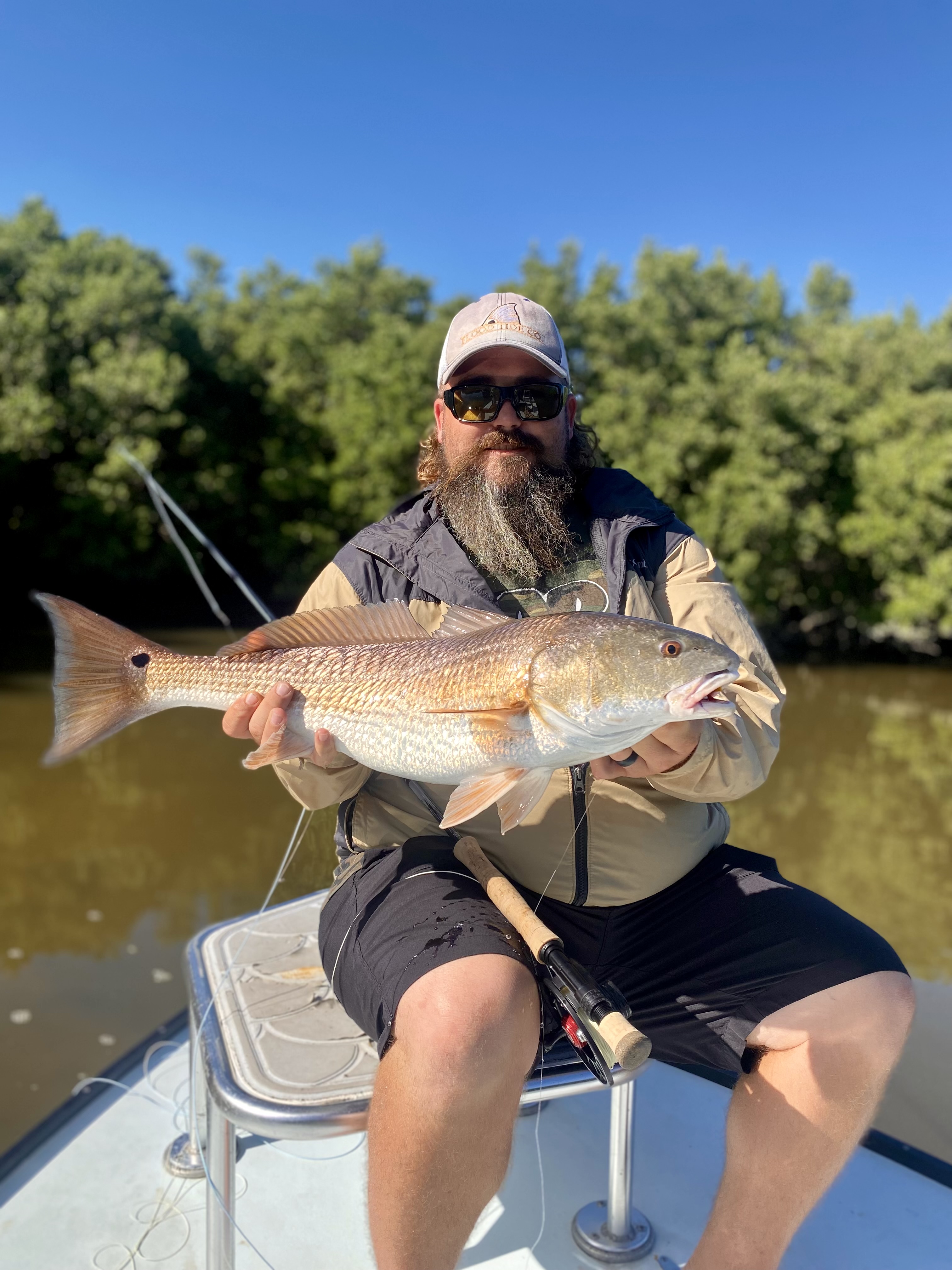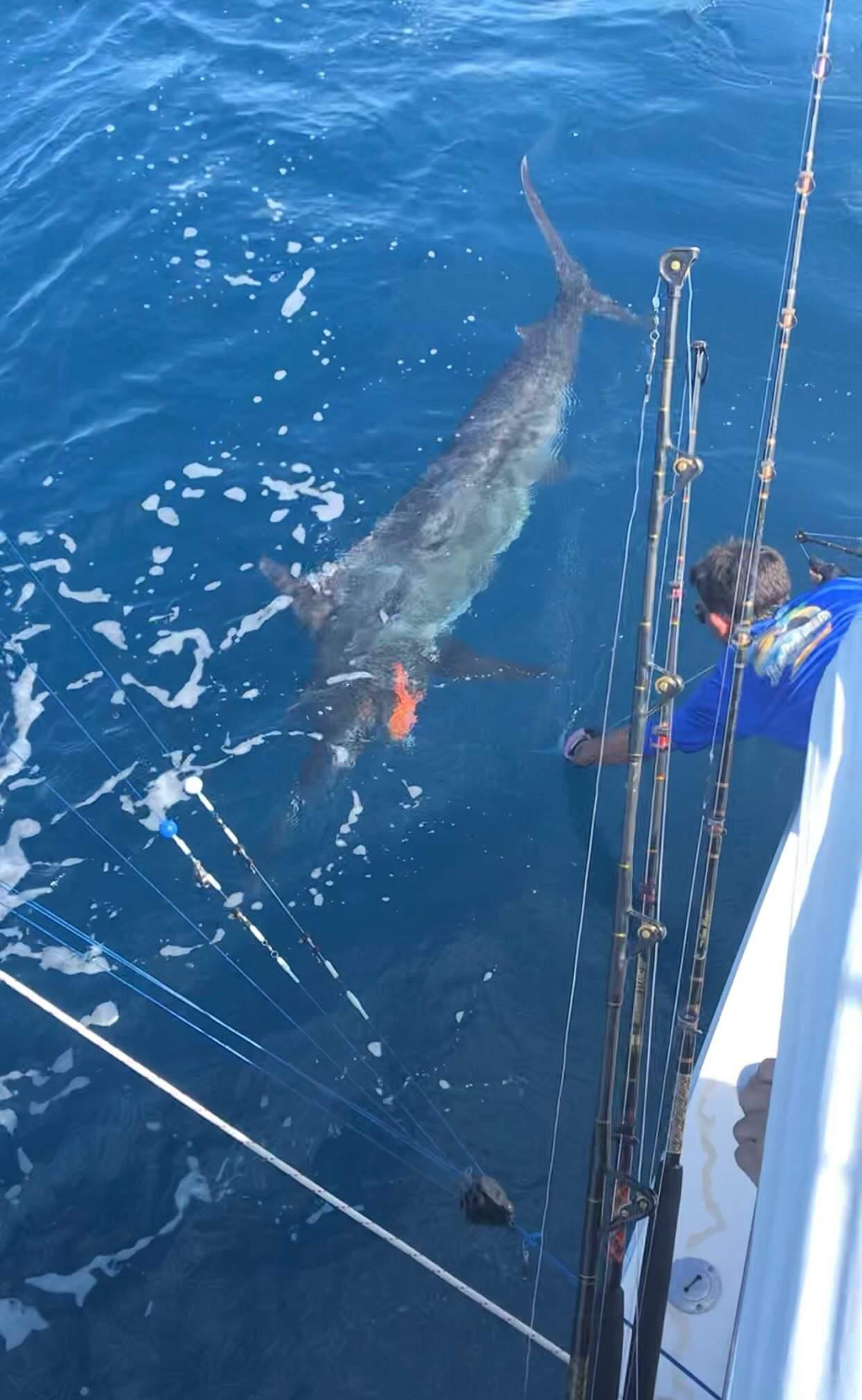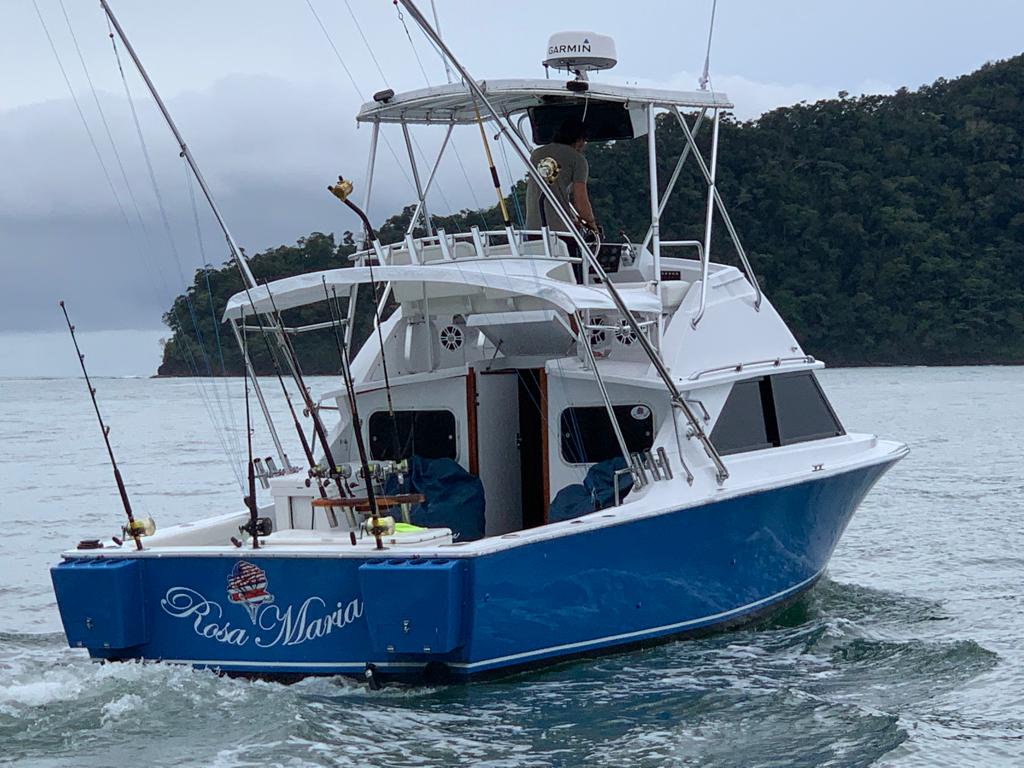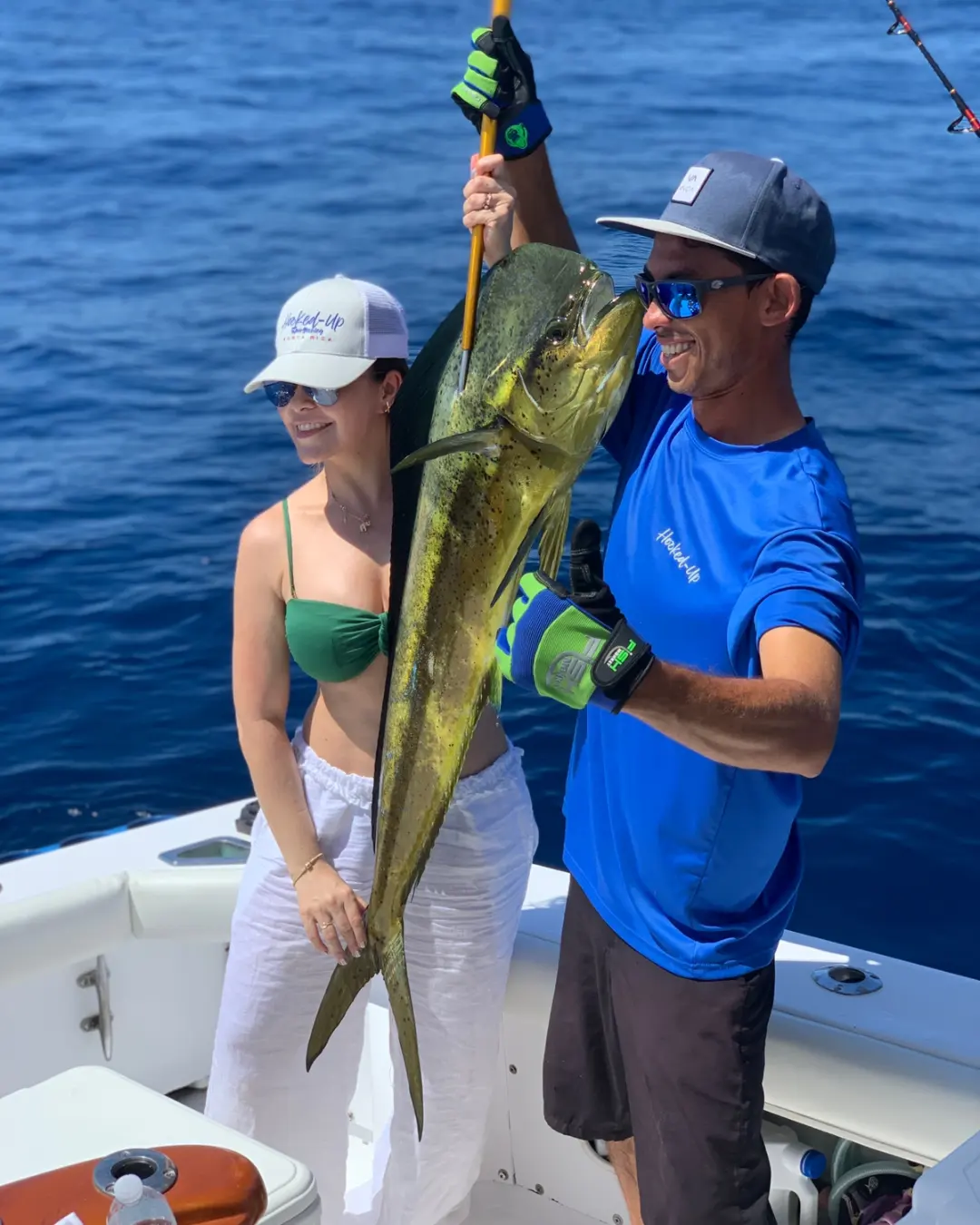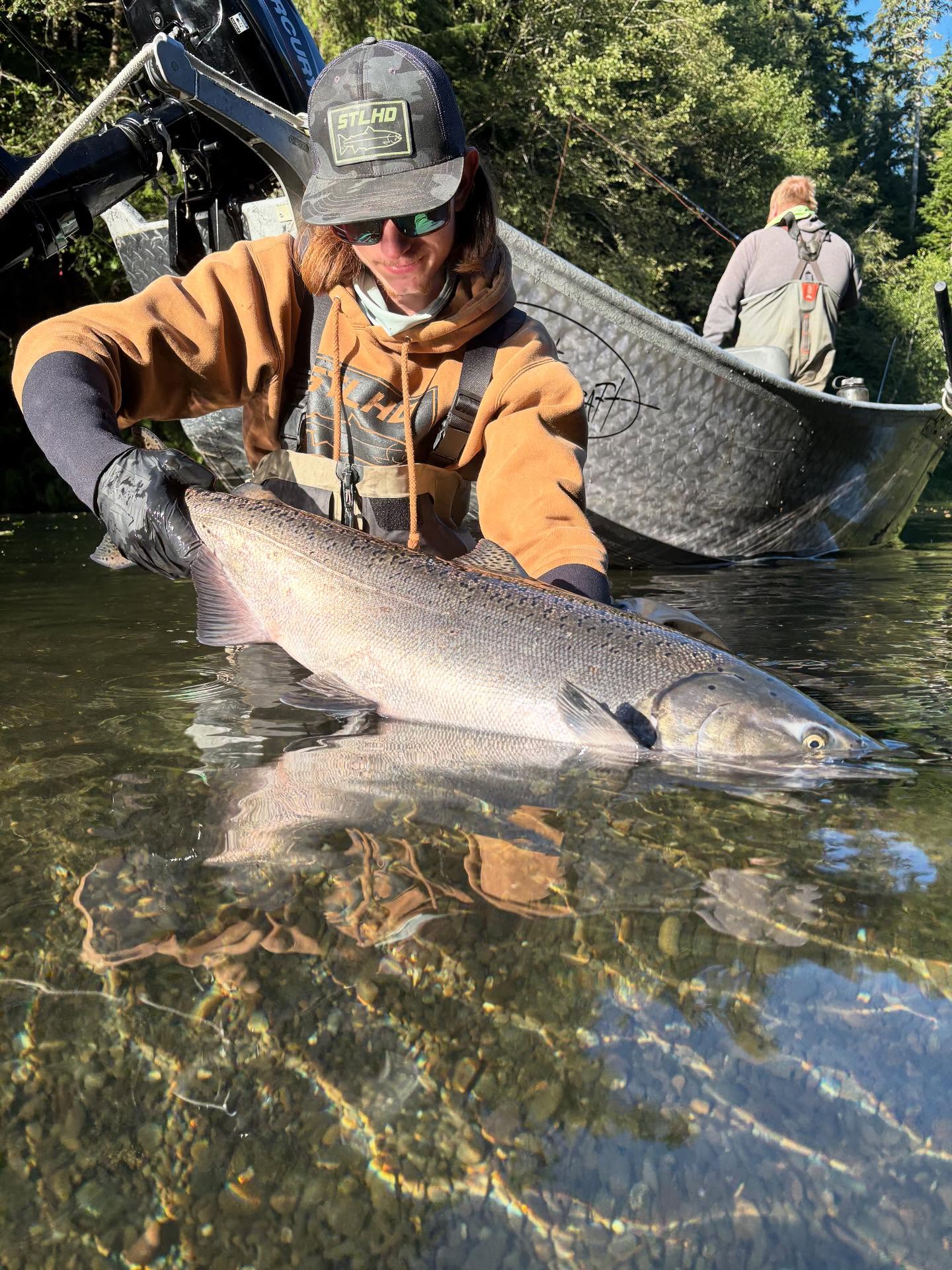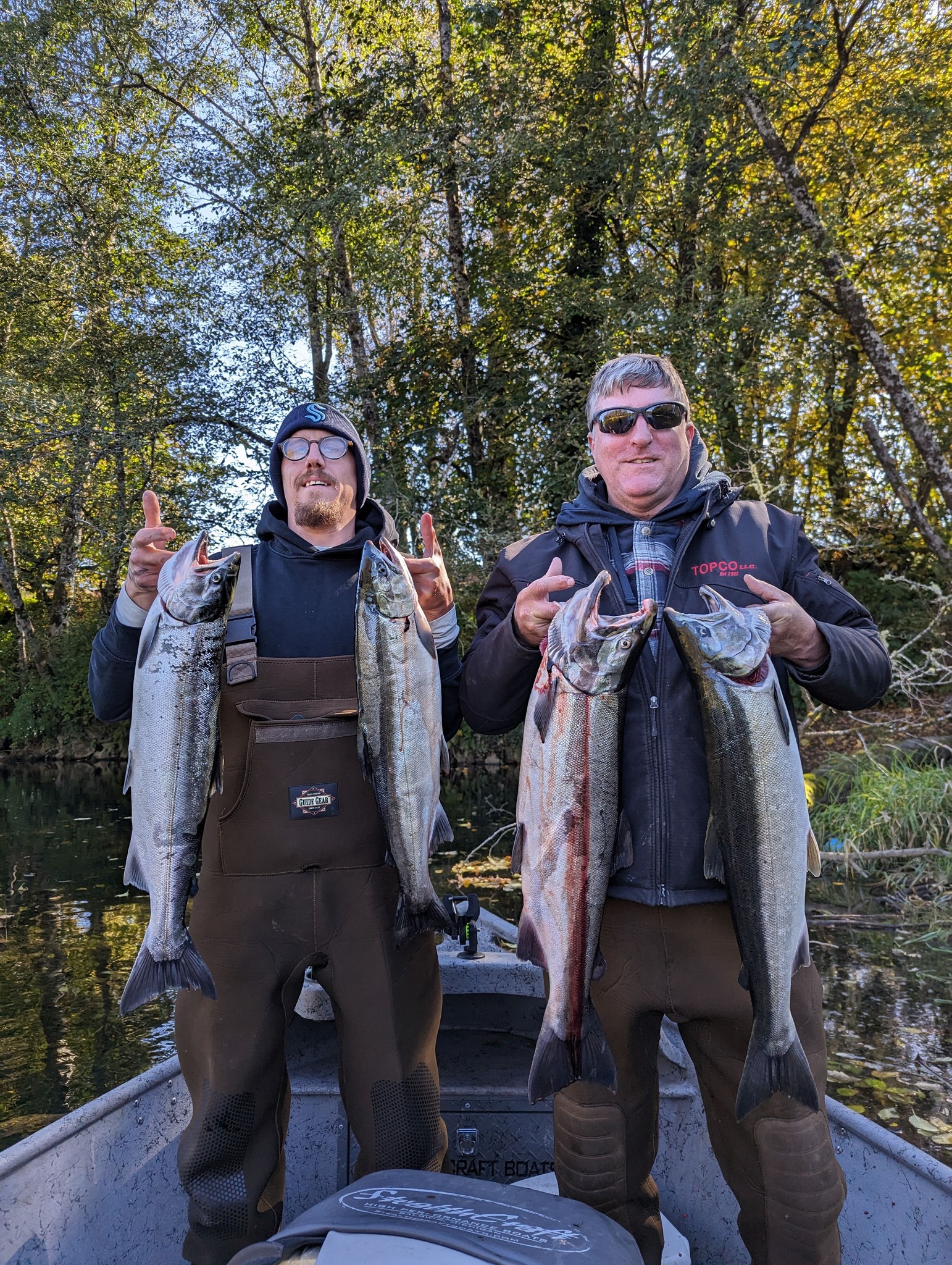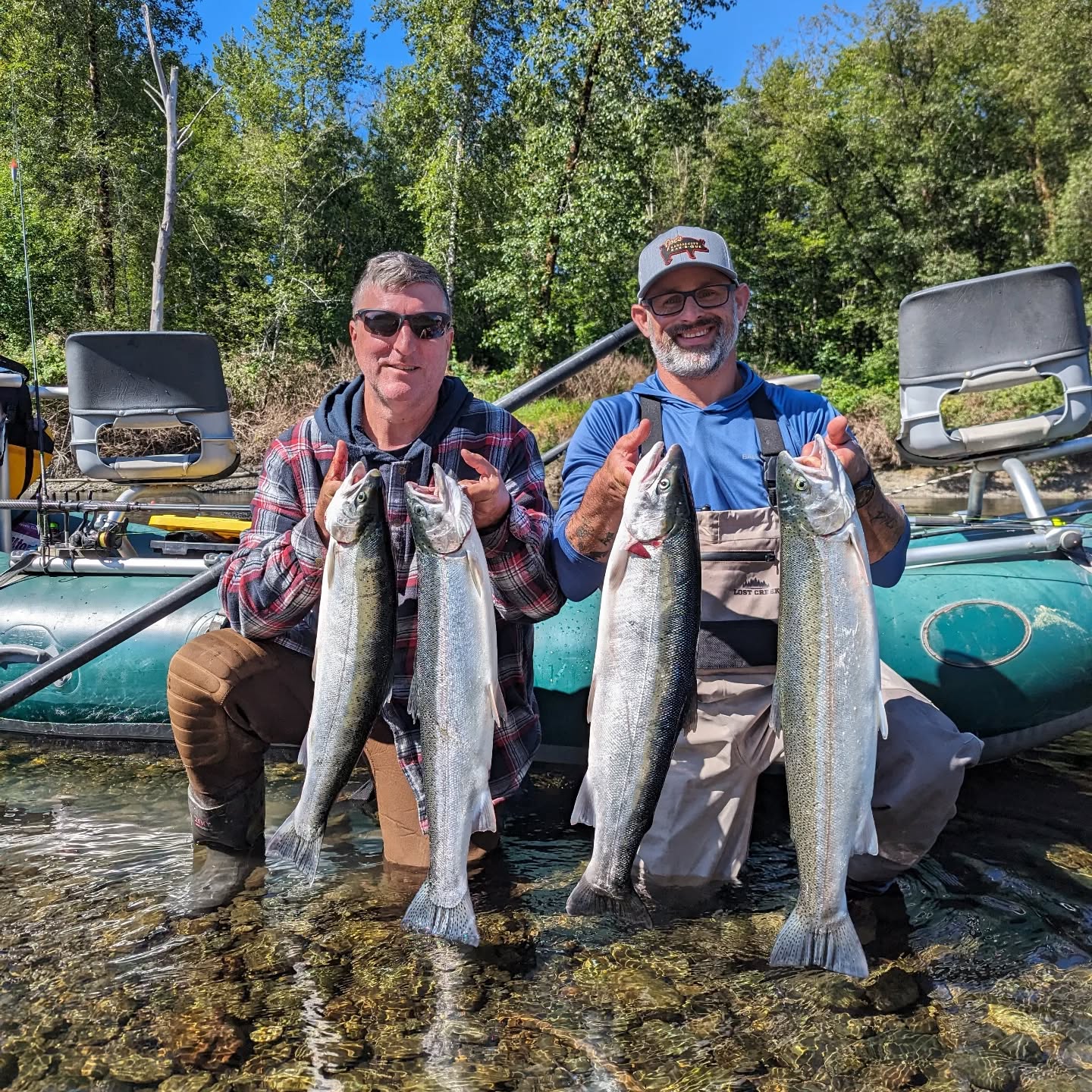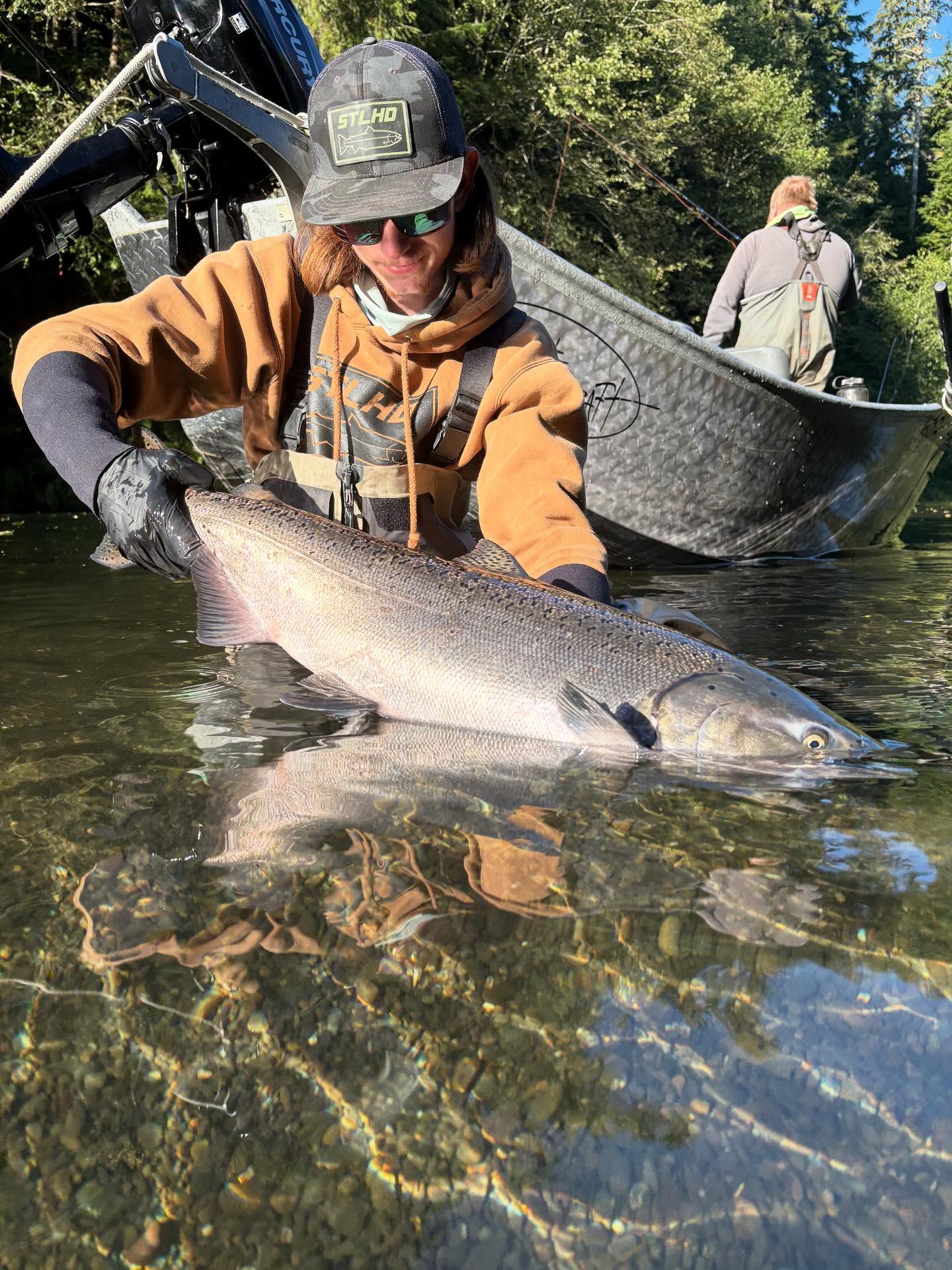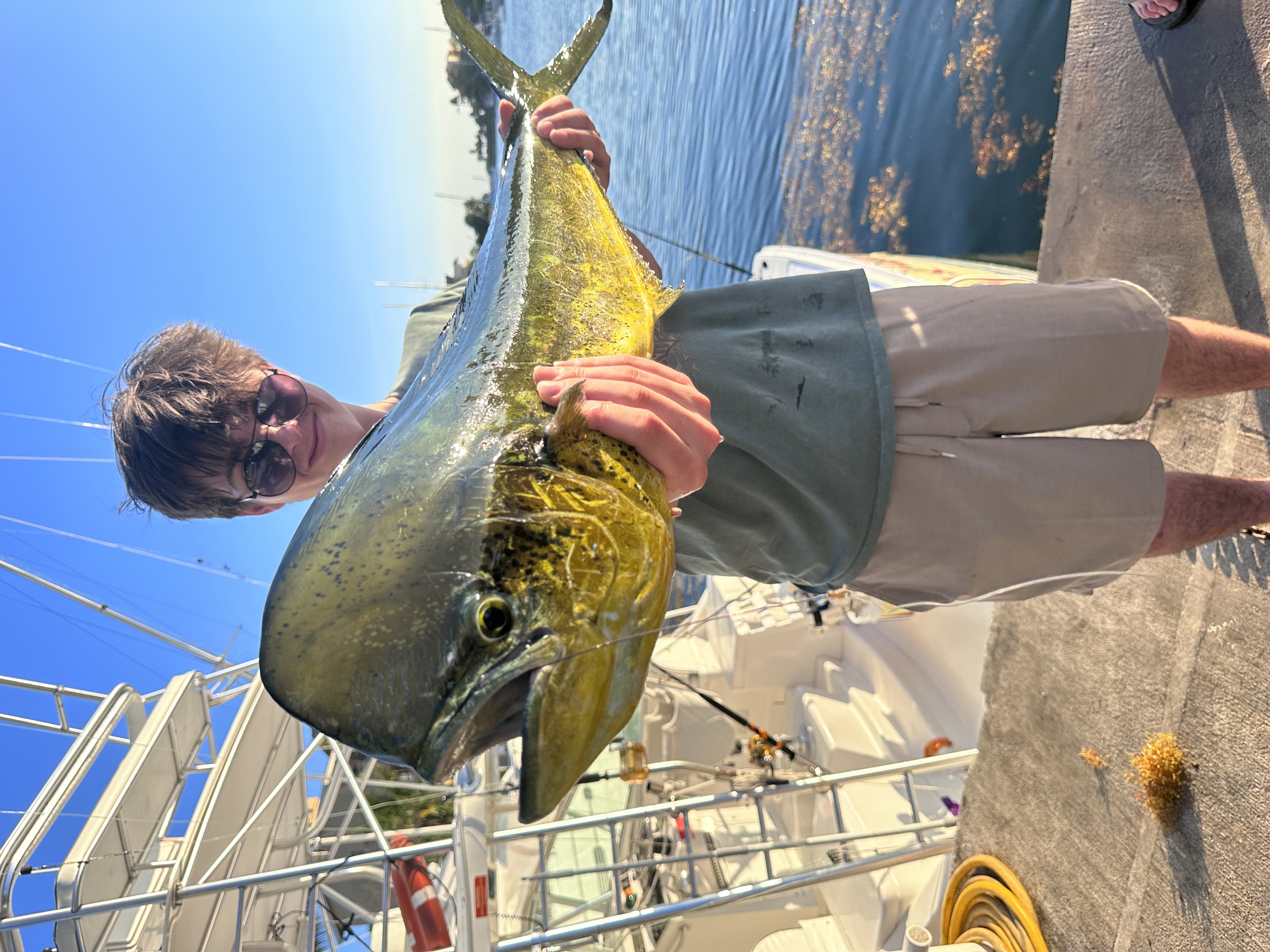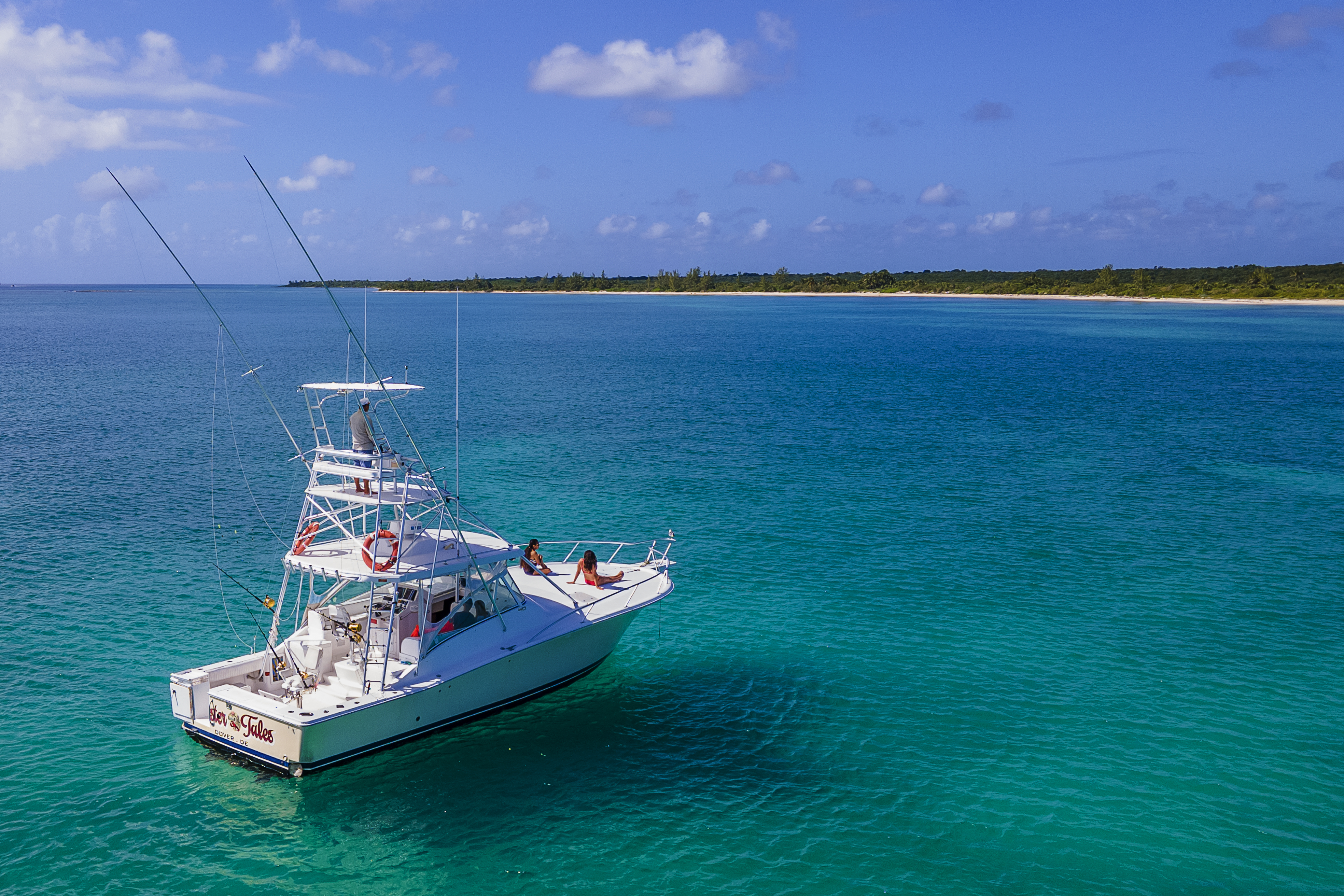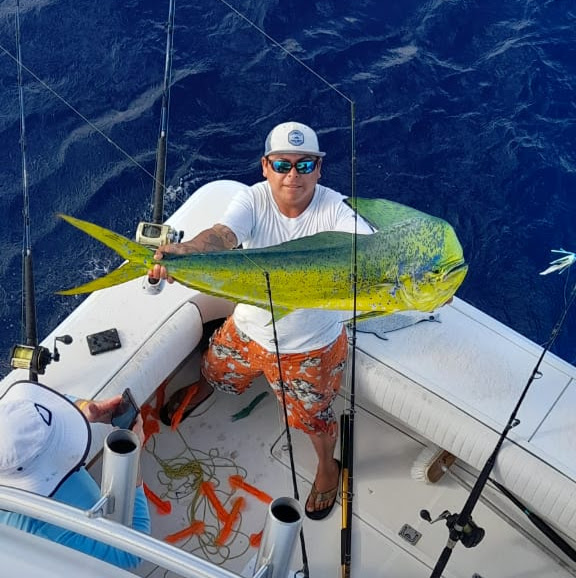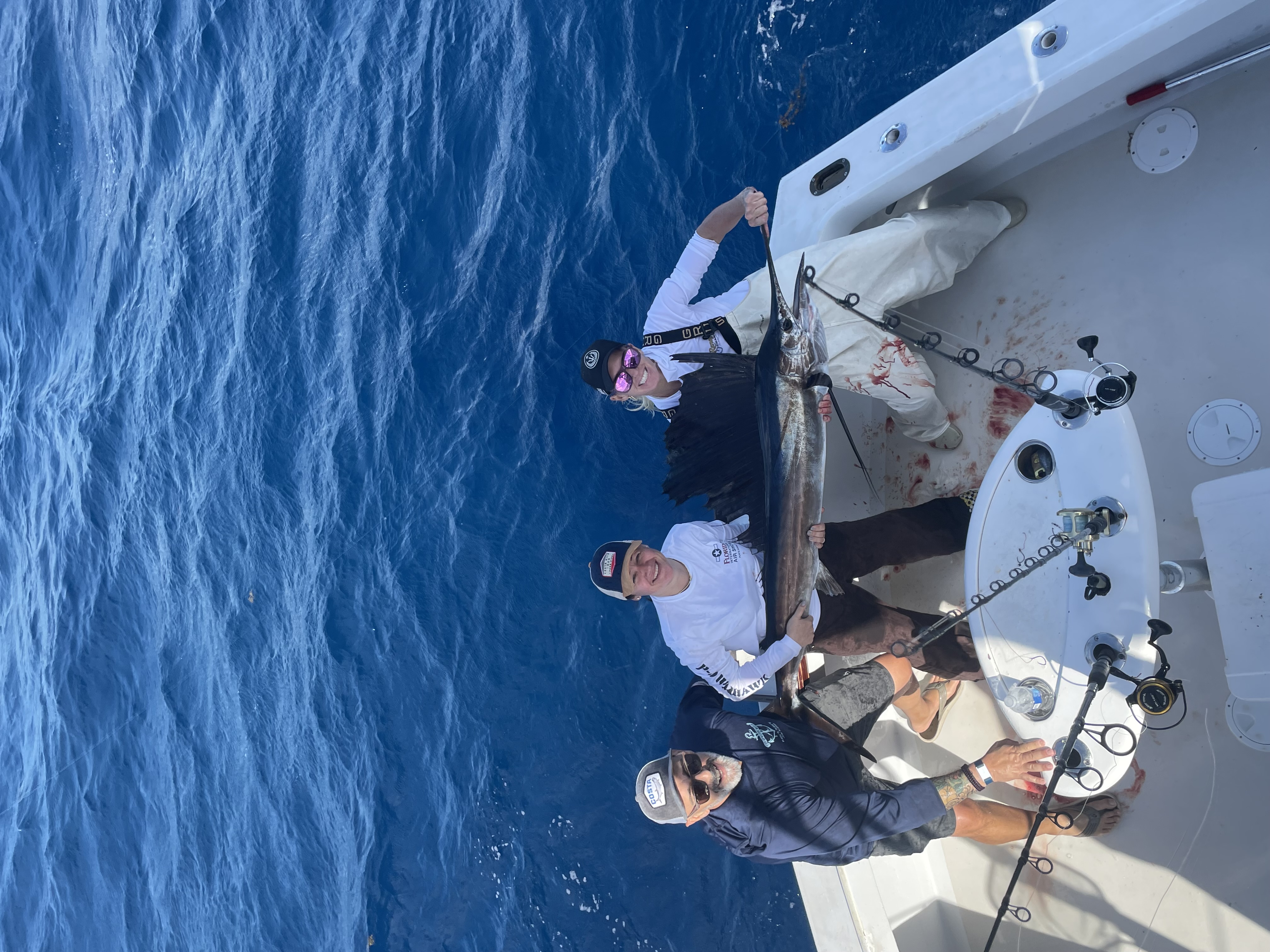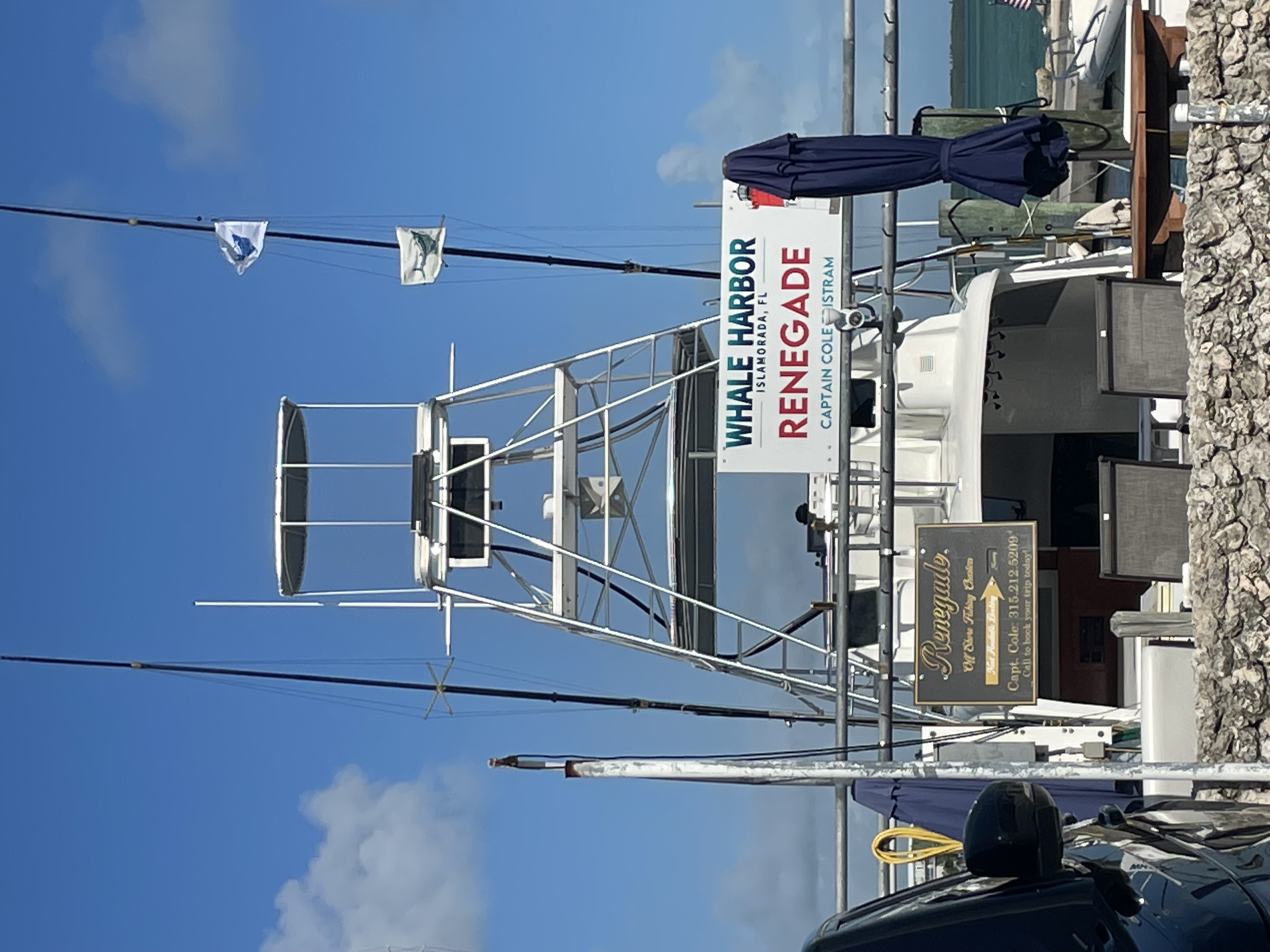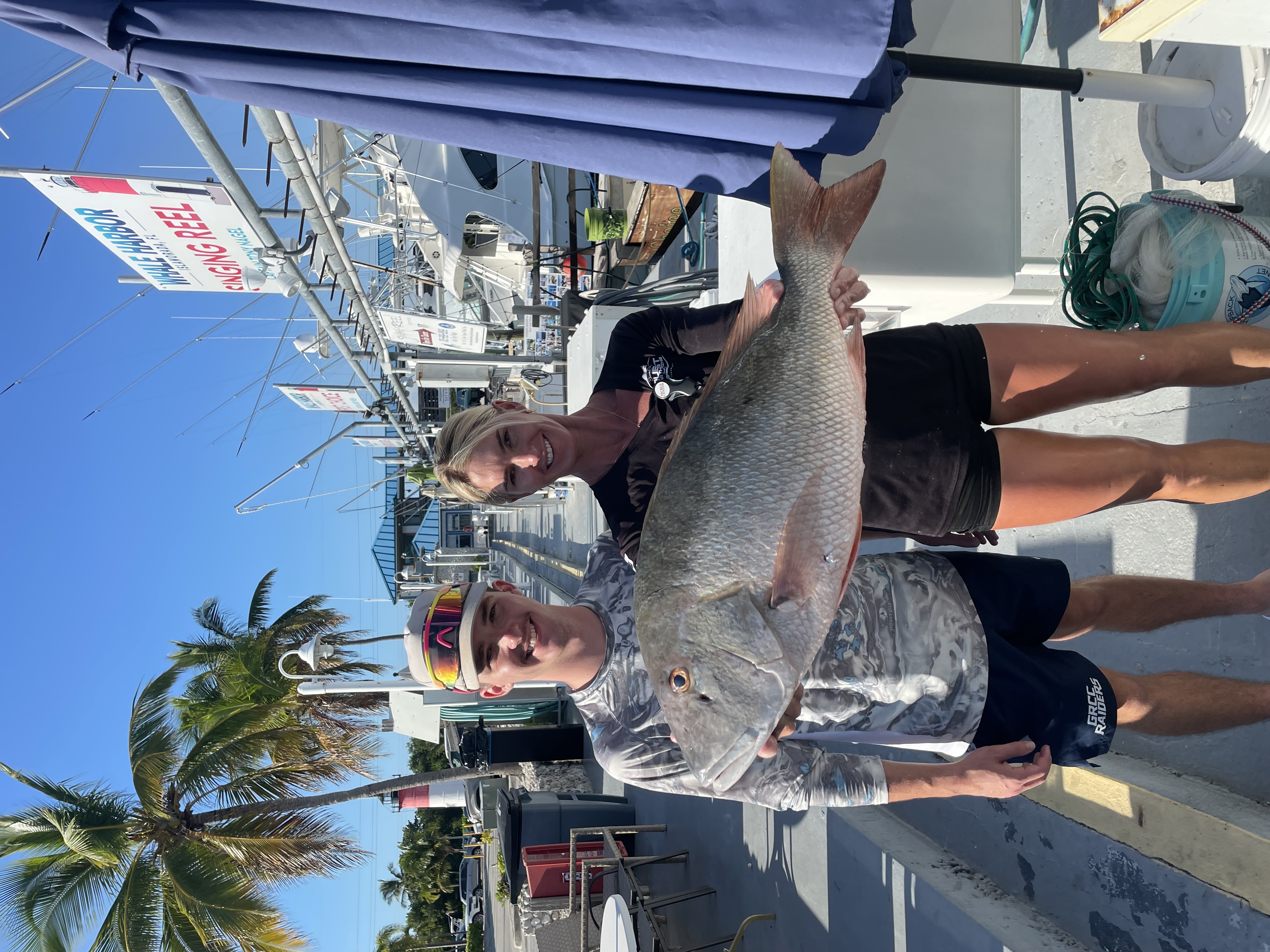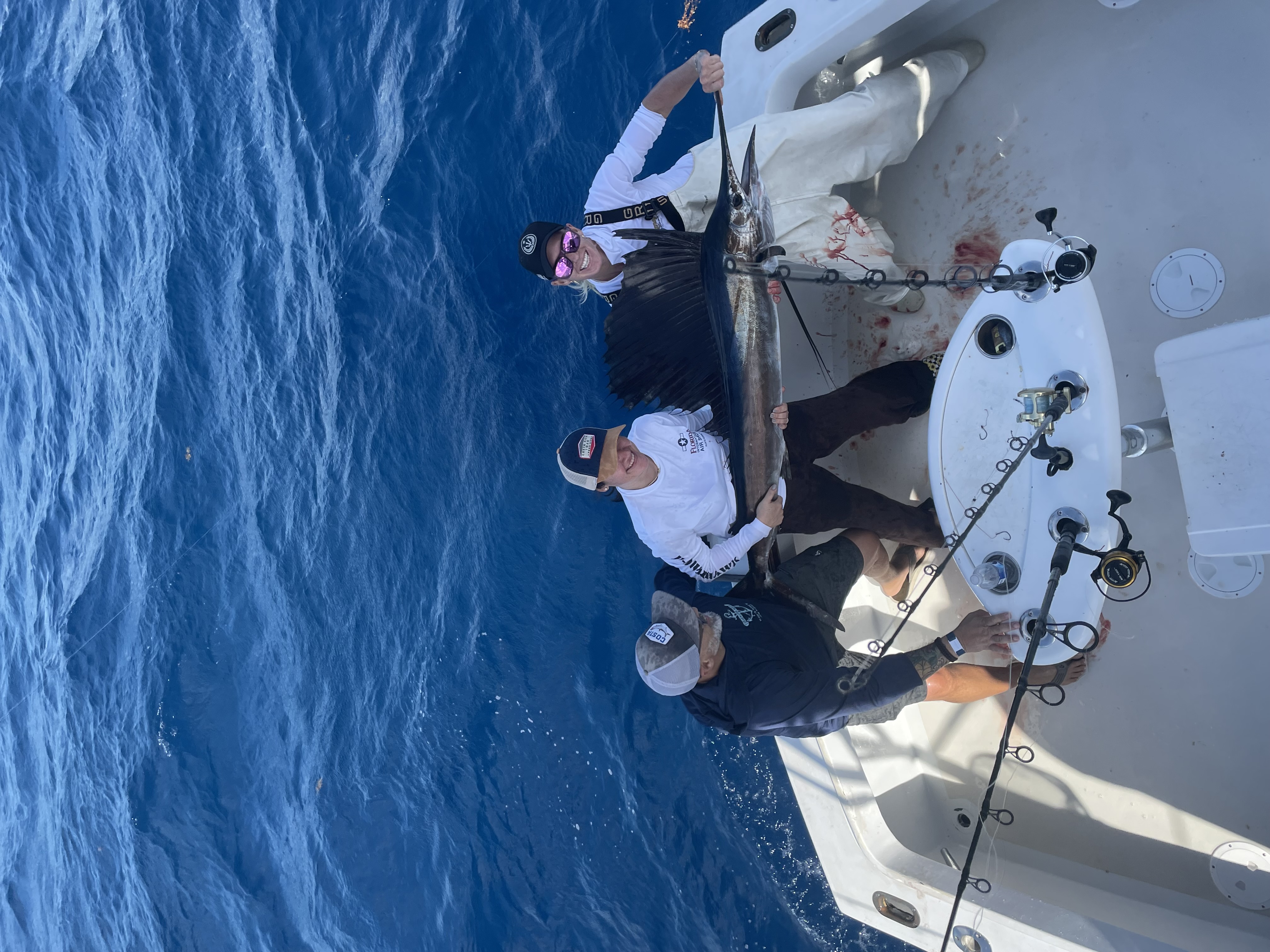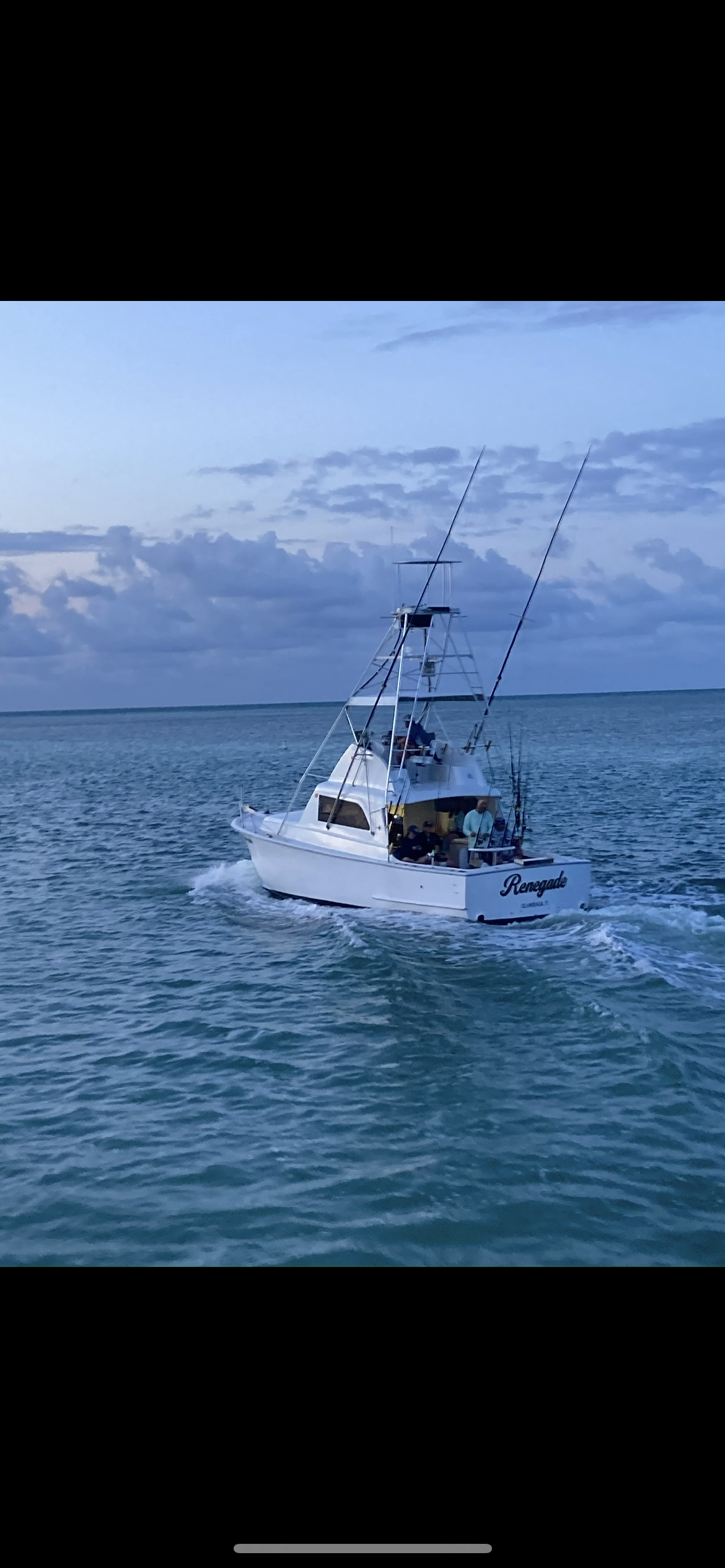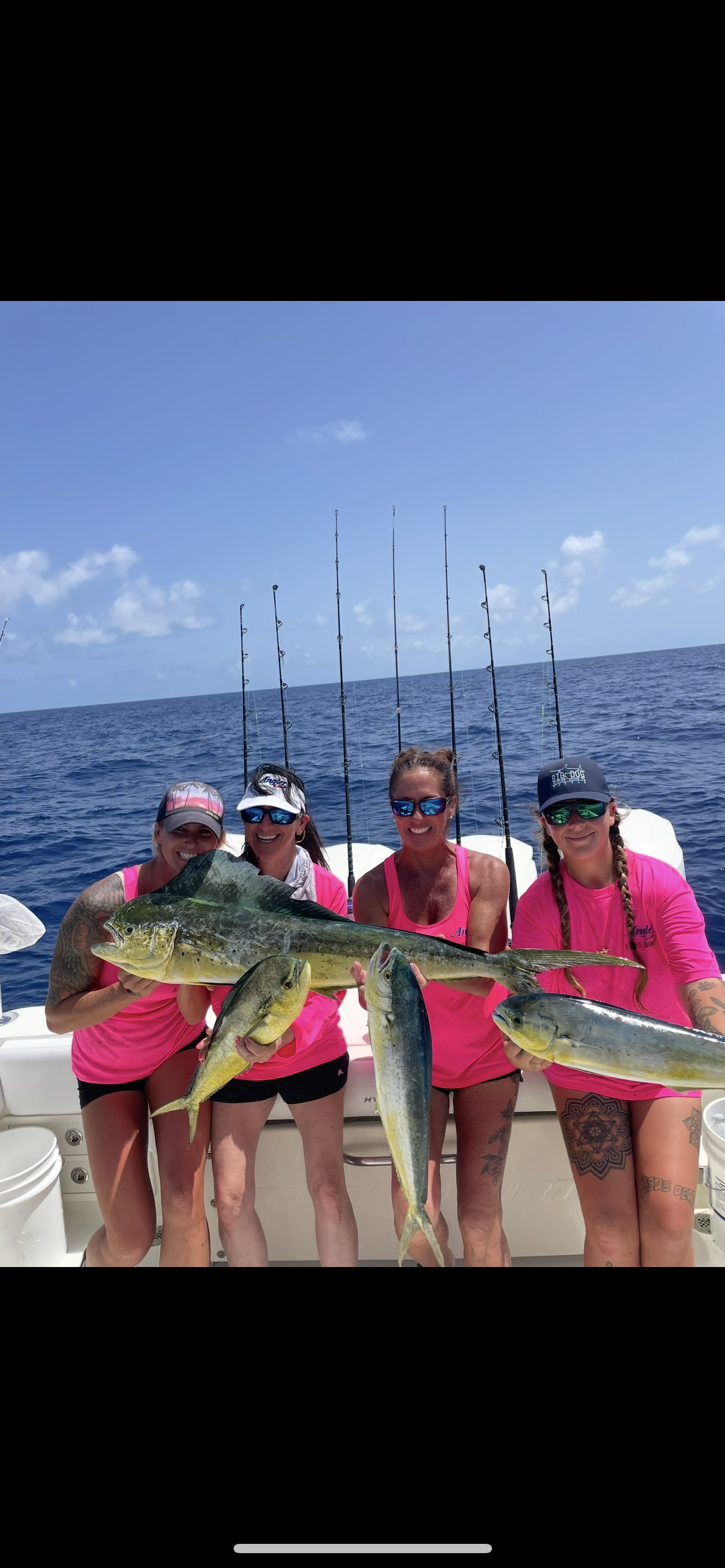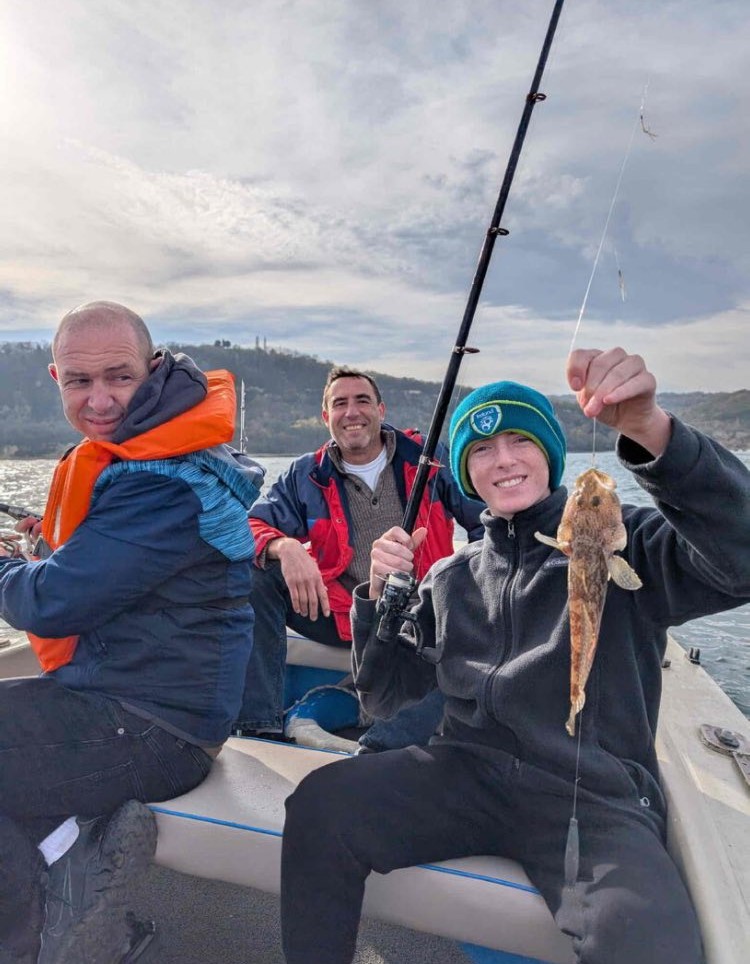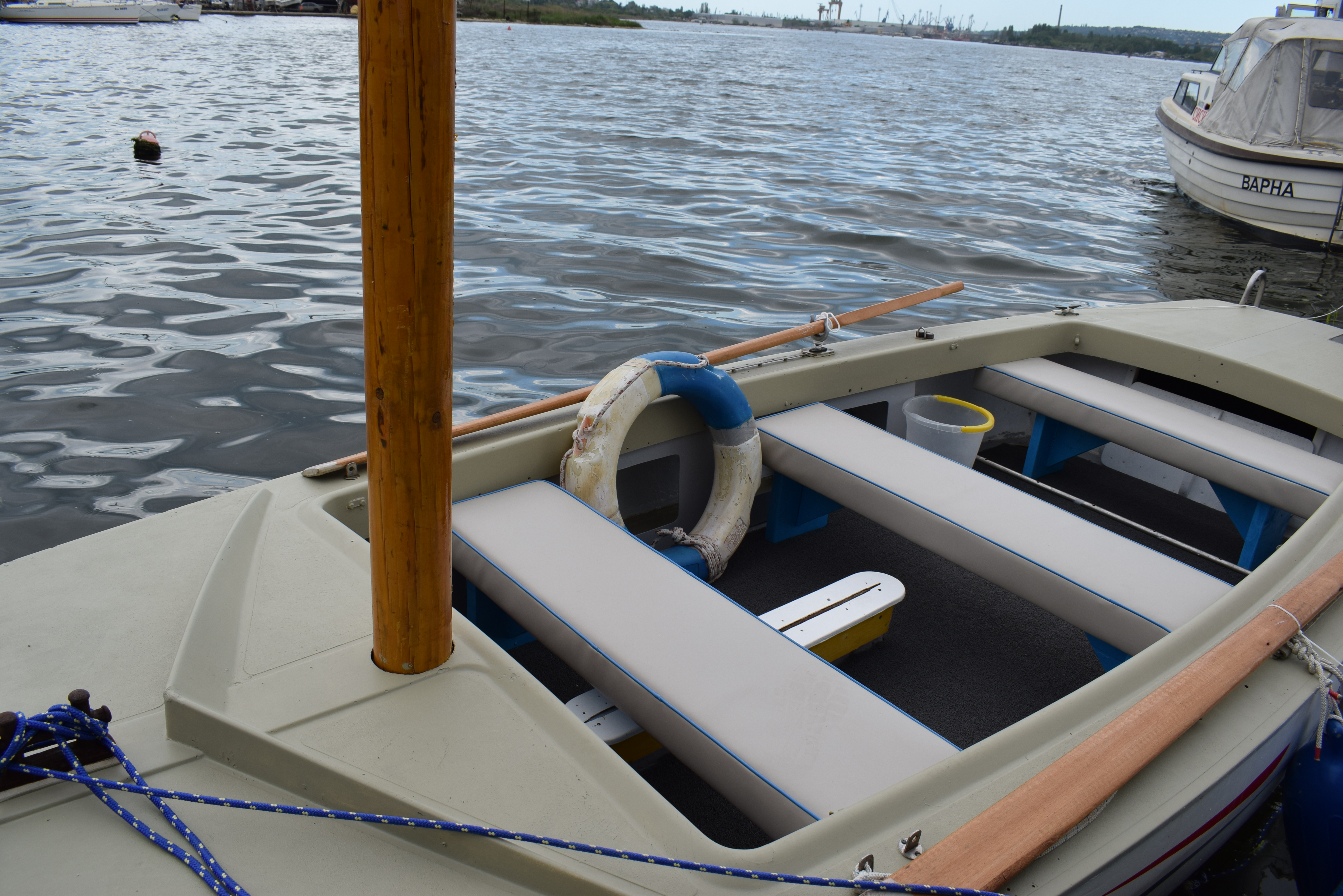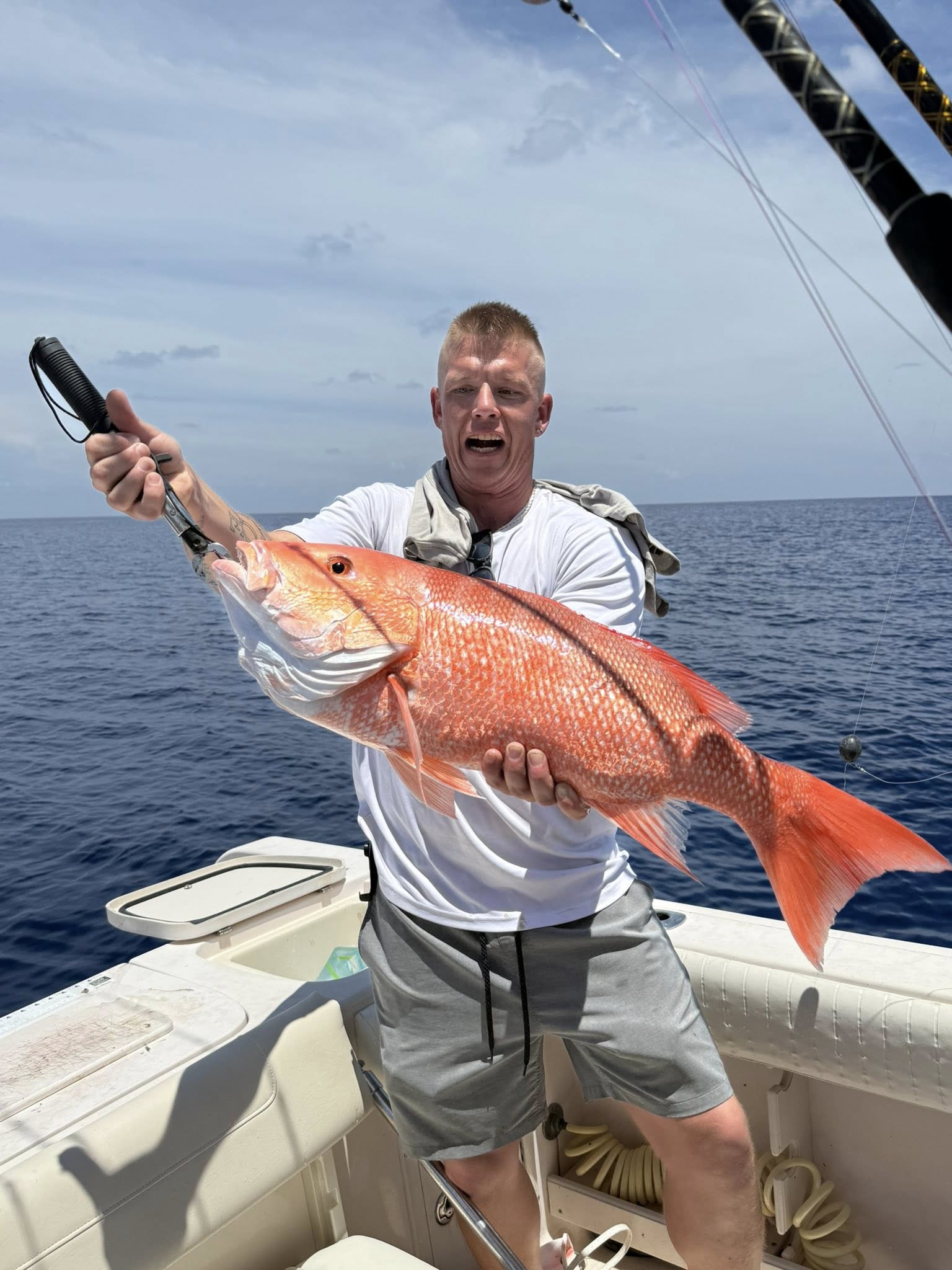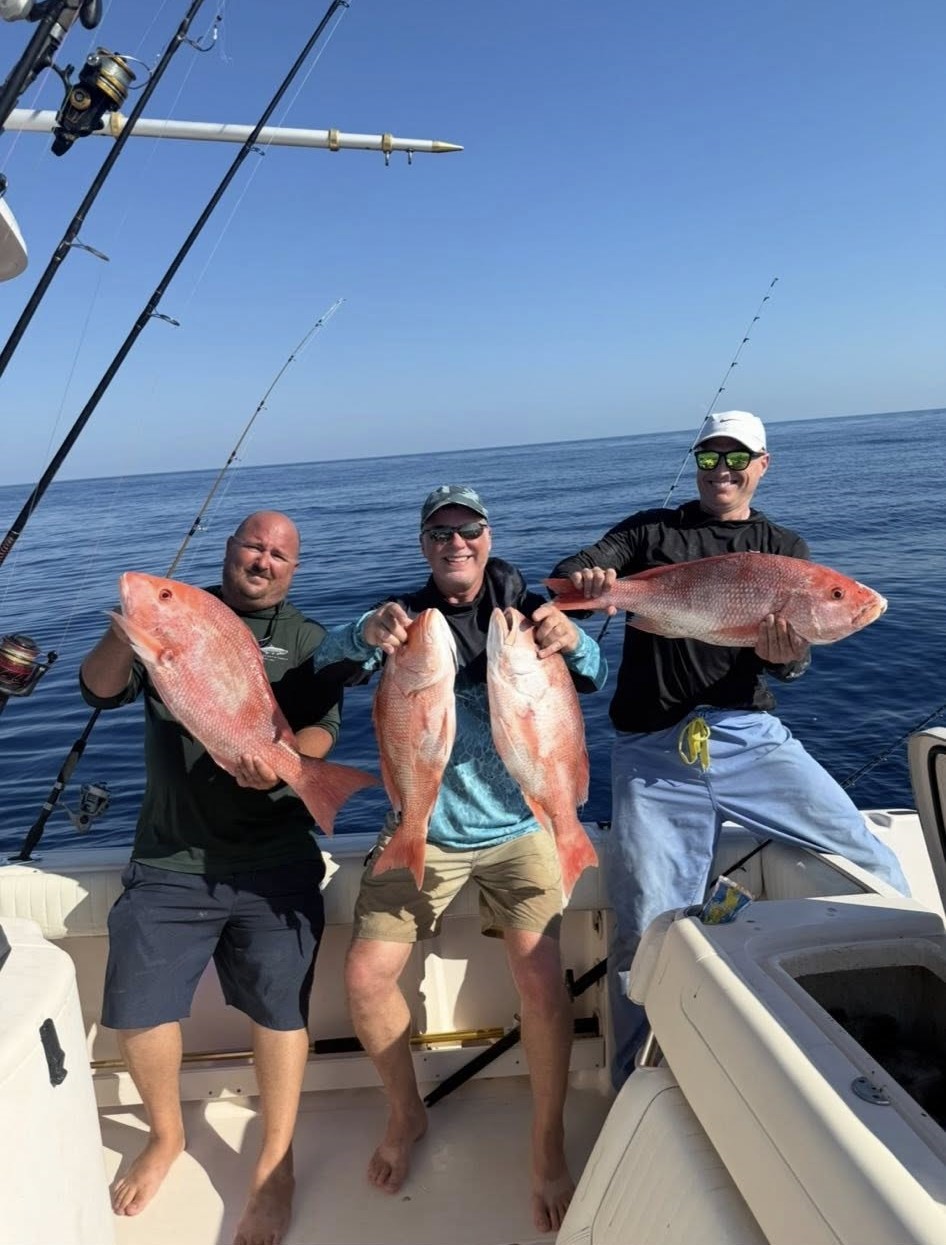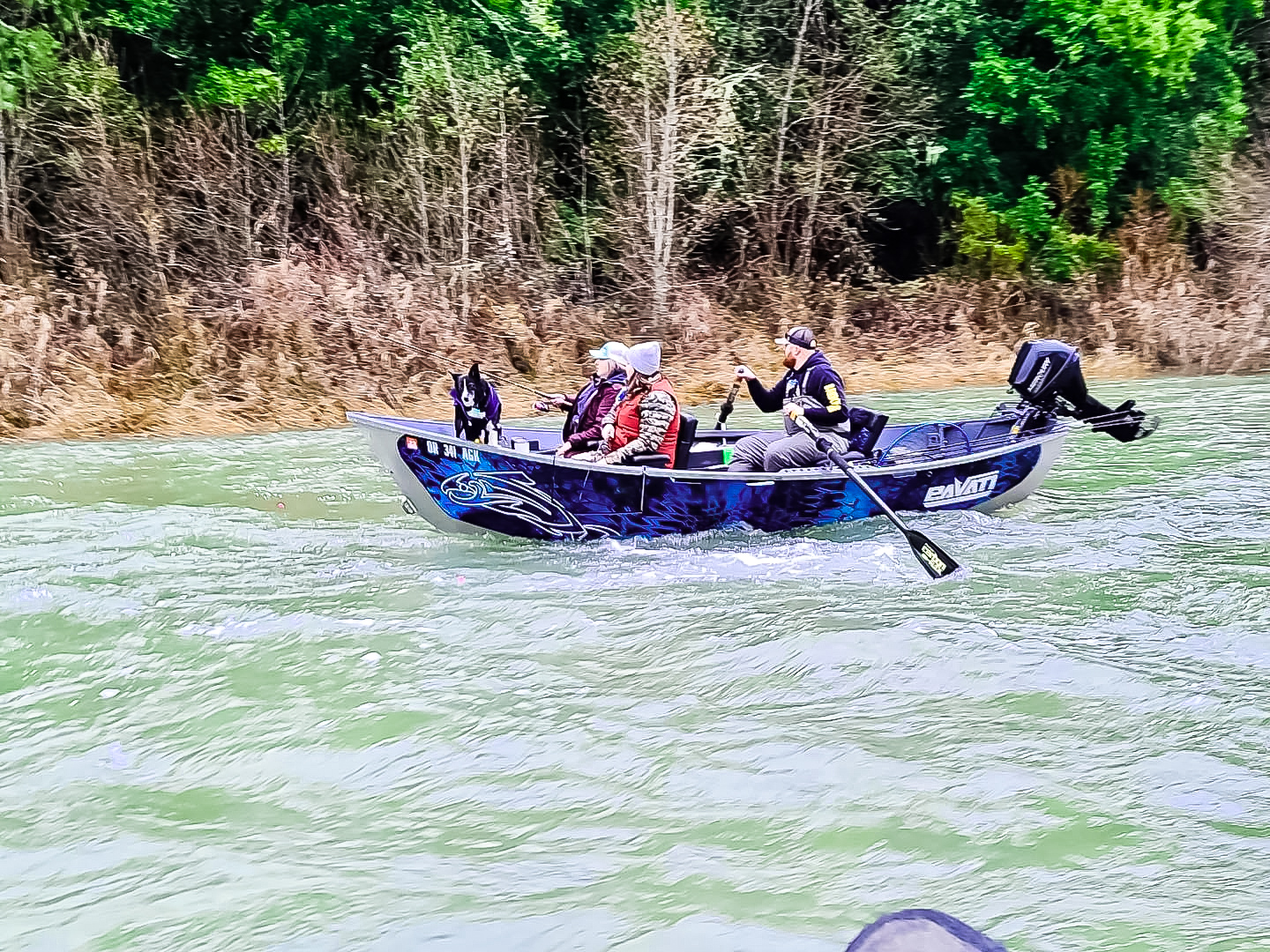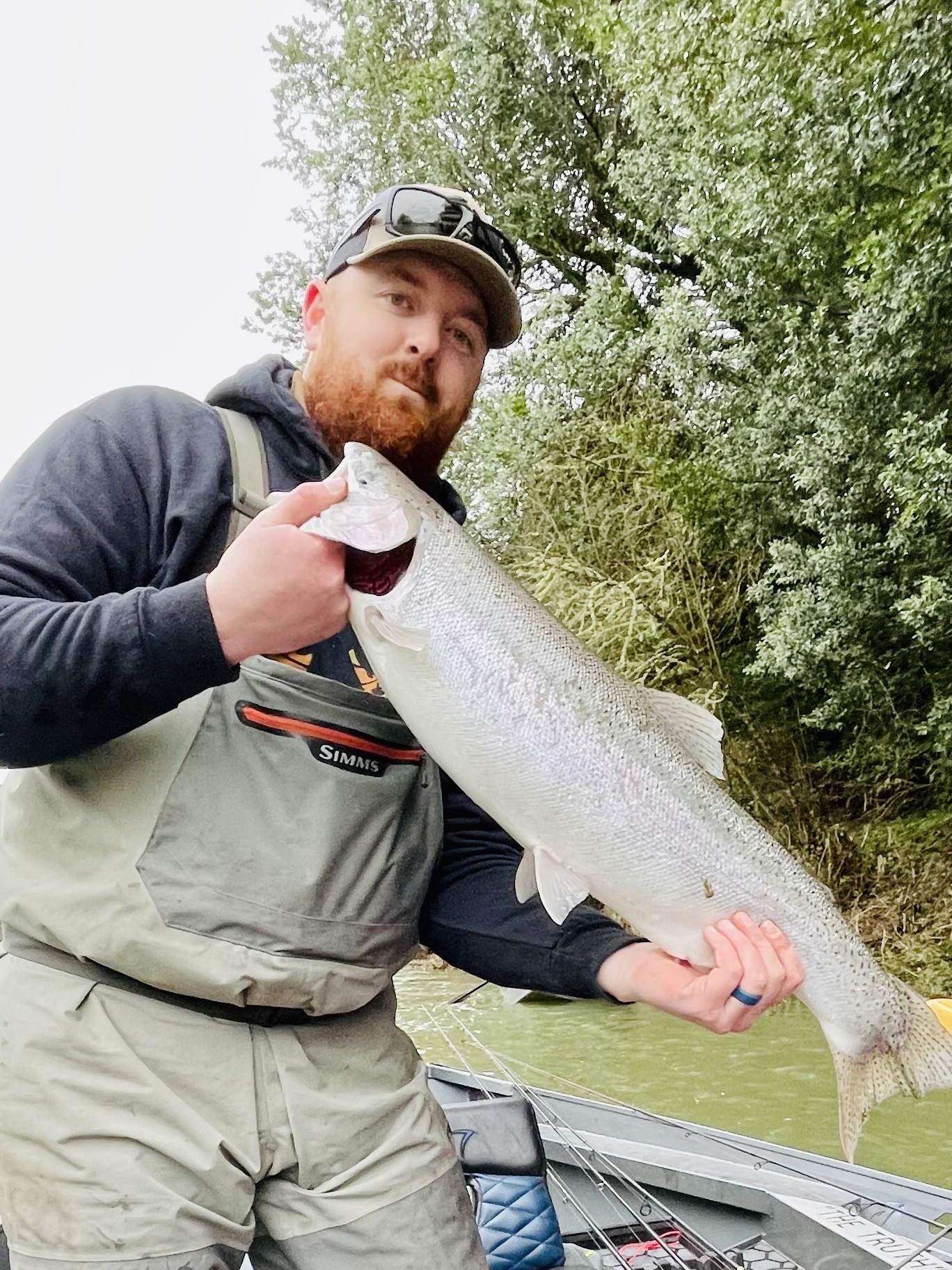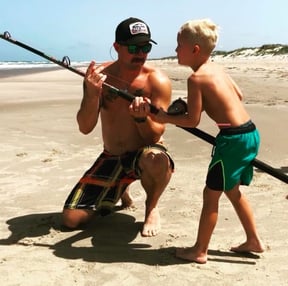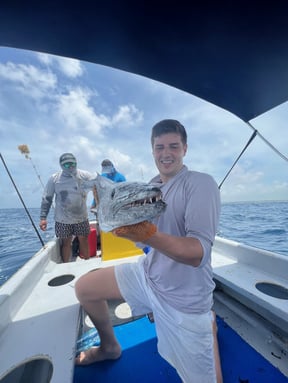Inshore, Flats Fishing in Pineland
Fly Fishing Pineland
Deep Sea Fishing in Playa Herradura
Full Day Offshore
Salmon Fishing Trip
Steelhead Fishing Trip
Deep Sea, Nearshore Fishing in Puerto Aventuras
Fishing Charter, Puerto Aventuras
Deep Sea, Nearshore Fishing in Islamorada
4 Hour Half Day
Deep Sea, Nearshore Fishing in Islamorada
6 Hour 3/4 Day
Black Sea Trips
Deep Sea, Nearshore Fishing in Sarasota
Red Snapper December Re-Open
Winter Steelhead
We started Captain Experiences to make it easy to book fishing and hunting guides around the world. With over 2,000 Damn Good Guides, our platform makes finding and booking a trip seamless. Head here to check out our trips.
How To Tie Offshore Fishing Knots
Tying strong knots is one of the most important parts of rigging lines to go fishing. When offshore fishing the stakes are even higher with big fish that are easily capable of breaking knots that have even the slightest weakness. To make sure you don’t lose a fish because of a bad set up, here are three of the best offshore fishing knots.
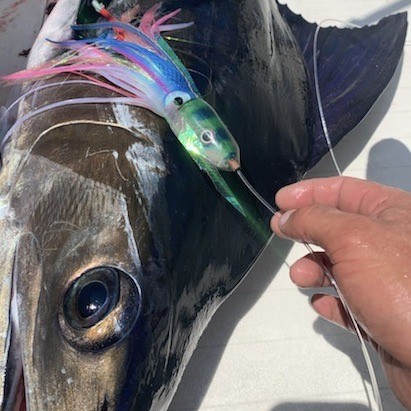
Bimini Twist
The Bimini Twist is one of the strongest and most widely used knots for offshore fishing. Anytime a guide or deckhand needs to tie on a snap swivel, the bimini twist is the go to knot. This knot is popular because it retains 90 percent or more of the original line strength. The twisting action that results from tying this knot also acts like a spring that absorbs some of the shock in the line when a big fish strikes.
To start the bimini twist, make a large loop in the line and hold it in one hand, while the other should have the main line and tag end. Spin your hand holding the loop while keeping the loose end and main line secure until you have twisted the line 20 to 30 times. Carefully take the loop off of your hand and put it around something stationary like a handle or your foot. Now, hold the main line in one hand and the loose end in the other. Start applying tension to the main line while pulling the free end down to compress the twists as tight as possible.
As you get closer to the twist, you should notice that the twists are beginning to wrap back around itself. At this point, move the free end just past the twists, and slowly allow the line to tightly twist back over itself. As the line twists, you should be able to slowly let off some of the tension from the mainline. Once you have twisted the line back up to the loop, take the free end of the line and tie three half hitch knots—one around the left leg of the loop, one around the right leg, and one around both legs. This completes the bimini twist and should leave you with a strong loop. Just simply cut off the extra from the free end, and you are ready for a leader or swivel.
Double Uni Knot
The double uni is another must-know knot for most guides and deckhands around the world because it’s so effective. When two lines of similar size need to be tied together, the double uni creates a slick self locking knot that stays strong. Whether it’s any combination of braid, monofilament, or fluorocarbon line, this knot will easily join the two together, making the perfect leader.
To begin tying the double uni, lay out the two lines so they overlap in the middle. Hold down the section where both lines overlap, while making a loop with one of the ends of the line. Take the free end of the line you just used to make a loop, and wrap it around the two middle lines five times, making sure to pass through the loop not around it. After the five wraps, wet the line and slowly tighten it down until it coils up evenly.
Repeat the same process with the other line by making a loop, wrapping the middle two lines five times, and slowly tightening it down. At this point you should have two opposing knots, roughly a few inches apart. Wet the line again and slowly work the two knots closer together by sliding them and applying tension. Once they touch, you’re ready for a hook.
Palomar Knot
One of the best knots for attaching a hook or lure to the line is the palomar knot. This knot is fairly simple to tie and maintains line strength well. The palomar knot has minimal draw backs and is widely applicable to most offshore fishing set ups.
Finally on the business end of the rigging, start the palomar knot by making a large loop in the line. Take this loop and push it through the eye of the hook or lure you want to tie on, making sure the free end of the line does not pass through the eye. Now, take the loop and the two lines, and tie a simple overhand knot, again making sure the loose end stays with the main line.
Finally, slide the hook or lure through the loop, and slowly tighten the knot. To tighten this knot, first pull on the main line, then the loose end, and continue to alternate until it’s snug at which point you can trim off the excess.
Fishing Knots
While these are three of the strongest and most popular knots for offshore fishing, they can be applied almost anywhere. Once you know these knots, you can fish with confidence knowing that you won’t lose a fish to a bad knot. If you enjoy learning everything you can about fishing check out our fishing trips, where experienced guides will put you on the bite, while gladly teaching you more knots and different techniques.
Joey Butrus
Updated on August 2, 2023

January 7, 2022

July 31, 2024

November 15, 2023

June 28, 2023
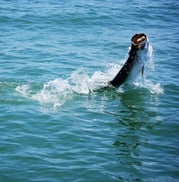
April 15, 2022
Related Articles
May 13, 2024
July 20, 2022
June 8, 2022
Featured Locations
- Fishing Charters Near Me
- Austin Fishing Guides
- Biloxi Fishing Charters
- Bradenton Fishing Charters
- Cabo San Lucas Fishing Charters
- Cancun Fishing Charters
- Cape Coral Fishing Charters
- Charleston Fishing Charters
- Clearwater Fishing Charters
- Corpus Christi Fishing Charters
- Crystal River Fishing Charters
- Dauphin Island Fishing Charters
- Daytona Beach Fishing Charters
- Destin Fishing Charters
- Fort Lauderdale Fishing Charters
- Fort Myers Fishing Charters
- Fort Walton Beach Fishing Charters
- Galveston Fishing Charters
- Gulf Shores Fishing Charters
- Hatteras Fishing Charters
- Hilton Head Fishing Charters
- Islamorada Fishing Charters
- Jacksonville Fishing Charters
- Jupiter Fishing Charters
- Key Largo Fishing Charters
- Key West Fishing Charters
- Kona Fishing Charters
- Lakeside Marblehead Fishing Charters
- Marathon Fishing Charters
- Marco Island Fishing Charters
- Miami Fishing Charters
- Montauk Fishing Charters
- Morehead City Fishing Charters
- Naples Fishing Charters
- New Orleans Fishing Charters
- New Smyrna Beach Fishing Charters
- Ocean City Fishing Charters
- Orange Beach Fishing Charters
- Panama City Beach Fishing Charters
- Pensacola Fishing Charters
- Pompano Beach Fishing Charters
- Port Aransas Fishing Charters
- Port Orange Fishing Charters
- Rockport Fishing Charters
- San Diego Fishing Charters
- San Juan Fishing Charters
- Sarasota Fishing Charters
- South Padre Island Fishing Charters
- St. Augustine Fishing Charters
- St. Petersburg Fishing Charters
- Tampa Fishing Charters
- Tarpon Springs Fishing Charters
- Venice Fishing Charters
- Virginia Beach Fishing Charters
- West Palm Beach Fishing Charters
- Wilmington Fishing Charters
- Wrightsville Beach Fishing Charters


